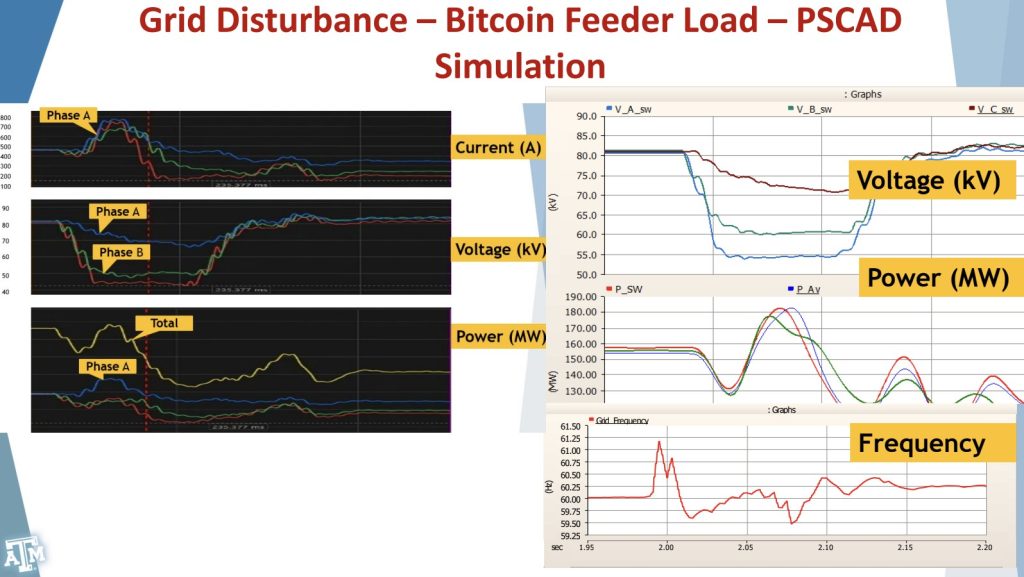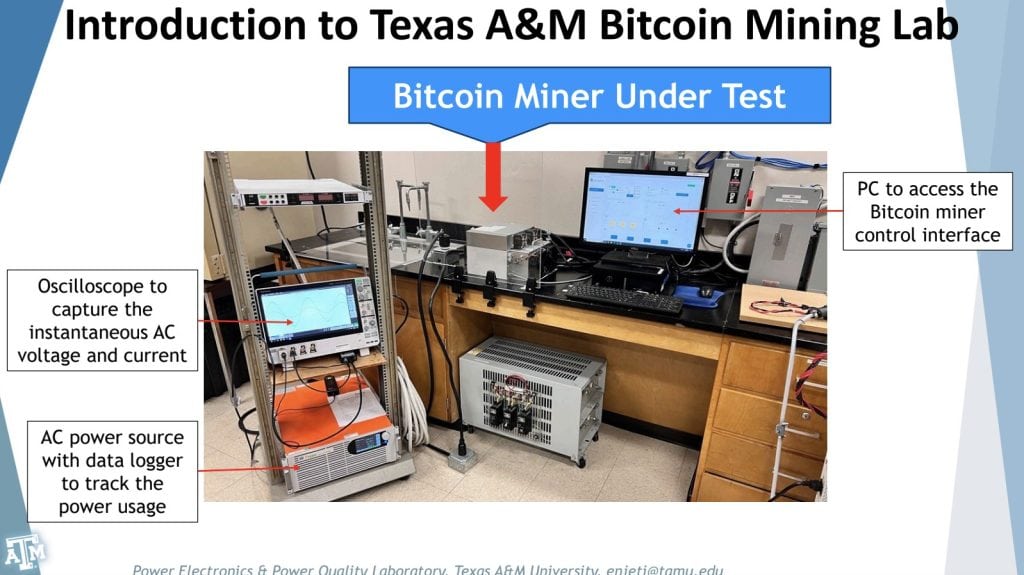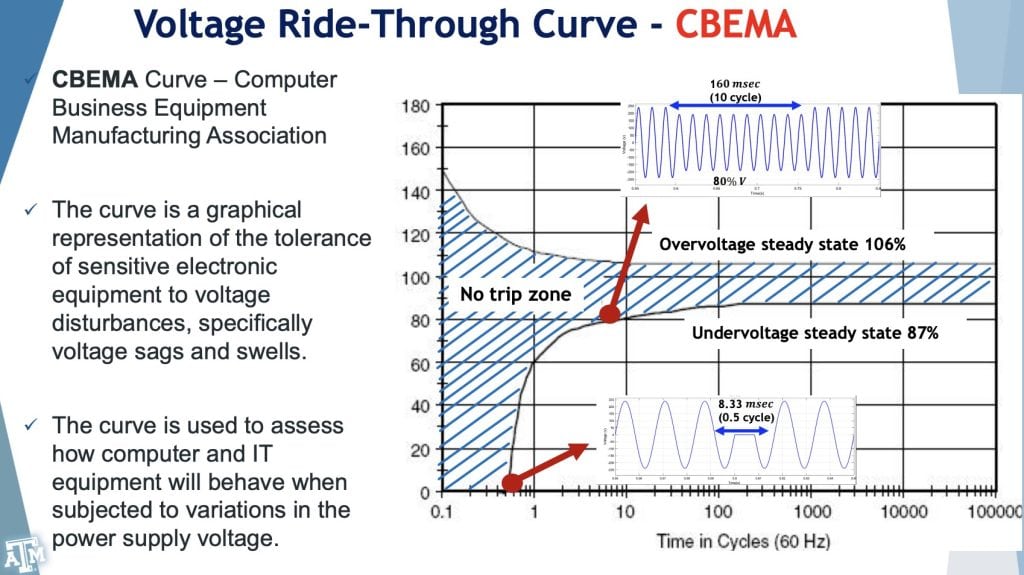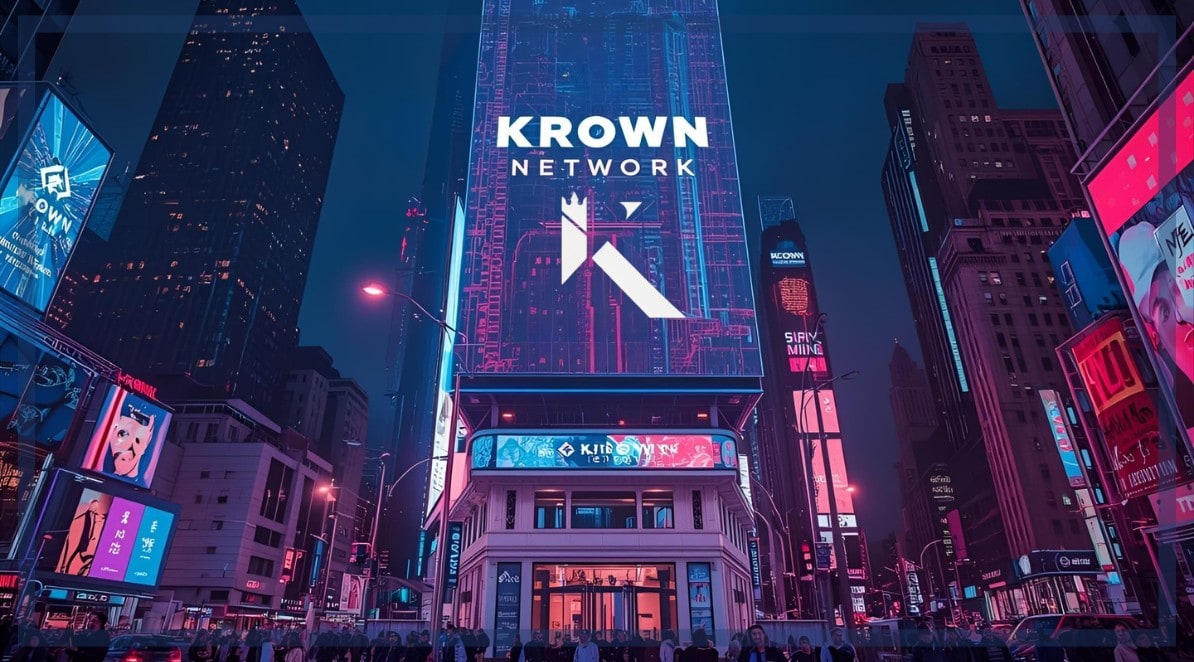When the lights in your house flicker, that could be a voltage sag. Researchers study both of these occurrences because they can destroy electrical equipment. Still, regulators and utilities struggle to understand how the grid will interact with new players in the power market, including AI, High Performance Computing (HPC), and bitcoin miners.
In Texas, there is a grand experiment underway with a deregulated grid. The best engineers in the business are devising models of the operations of bitcoin miners on the electrical frequency. When the miners shut off, the frequency drops.
Using proprietary data on the grid from the Electric Reliability Council of Texas (ERCOT), Dr. Prasad Enjeti, Professor of Electrical Engineering, and his team are building cutting-edge models to be used in analyzing and mitigating grid disturbances.
Frequency Events and Flexible Loads
Power demand is forecasted to outpace the investment required to bring new generation online. However, a recent study by Duke University’s Nicholas Institute for Energy, Environment & Sustainability concludes that bringing flexible loads online would be easier than adding new generation, and it could reduce the cost of capacity expansion while providing the existing grid “breathing room.”
Utilities report wait times on grid interconnection access of up to 7 to 10 years, but flexible loads could be interconnected faster.
At the North American Blockchain Summit (NABS), Dr. Enjeti, who is a participant in the Large Flexible Load Initiative, presented his research on how Bitcoin mining interacts with the electrical grid. His team’s work focuses on understanding and modeling the complex dynamics between mining equipment, power fluctuations, and grid stability.
A key takeaway from Enjeti’s presentation is that Bitcoin mining power consumption is highly sensitive to voltage fluctuations.
Play It Again Grid
By “playing back” grid events and observing equipment responses, they develop computer models that simulate entire mining facilities. These models help predict how miners’ behavior affects grid performance and wiring integrity under varying load conditions.
A typical mining unit operating at 240 volts draws around 13 amps. When voltage drops, the current (amperage) rises to compensate, placing additional stress on wiring and the grid. Overclocking, which miners use to increase hash rate and revenue, exacerbates these problems by pushing power systems beyond designed limits, leading to higher current draw, increased heat, and damage to equipment and wiring, a challenge for the crypto mining industry.
Even brief voltage or frequency disturbances, lasting as little as 20 milliseconds, can cause miners to shut down, sometimes taking a full minute to reboot. At scale, this contributes to significant frequency disruptions across the grid, particularly in regions where multiple large mining operations are interconnected.

“Ride Through” Tech
However, Enjeti’s team recently filed a patent for a “ride-through” technology, allowing mining loads to remain stable through short voltage sags (around 100 milliseconds and up to 200 milliseconds) without triggering frequency oscillations or automatic shutdowns.
Renewables generally have this ride-through capacity, and they don’t disconnect. Miners don’t have this capacity and don’t buy back-up battery storage equipment as AI data centers often do. This innovation could help both miners and grid operators by improving system resilience and reducing instability during transient events.
His lab plans to release a free open-source model of mining architectures to promote transparency and collaboration across the industry.
Texas: The Miner’s Frontier
The research is part of the work by The Consortium on AI and Large Flexible Load (CALL), an initiative focused on the sustainable integration of large power loads into the grid. In their dedicated Texas A&M Bitcoin Mining Lab, the researchers confirmed that the miner behaves as a Constant Power Load. The lab is precisely instrumented with a programmable AC power source, an oscilloscope to capture instantaneous AC voltage and current, a PC to access the miner’s control interface, and a data logger for power usage tracking.

The ride-through study is benchmarked against industry standards like the Computer Business Equipment Manufacturers Association (CBEMA) Curve and the Information Technology Industry Council (ITIC) Curve, which define “No trip zones” for electronic equipment, often with a steady state undervoltage tolerance limit of 87%, meaning that under normal conditions, many types of electronic equipment are expected to handle a 13% voltage drop without malfunctioning.

The grid is entering a new era: powerful loads like Bitcoin farms and AI clusters no longer just consume; they negotiate, trip, and destabilize. A single 20 ms voltage sag can force miners offline and ripple into widespread frequency shock. But if we give those loads “ride-through” capability and insert them into grid models, they shift from threats into stabilizers.
Author: Tim Tolka, Senior Reporter
#Crypto #Blockchain #DigitalAssets #BitcoinMining #Energy #Texas
The editorial team at #DisruptionBanking has taken all precautions to ensure that no persons or organizations have been adversely affected or offered any sort of financial advice in this article. This article is most definitely not financial advice.
For any additional information, please contact enjeti@tamu.edu














